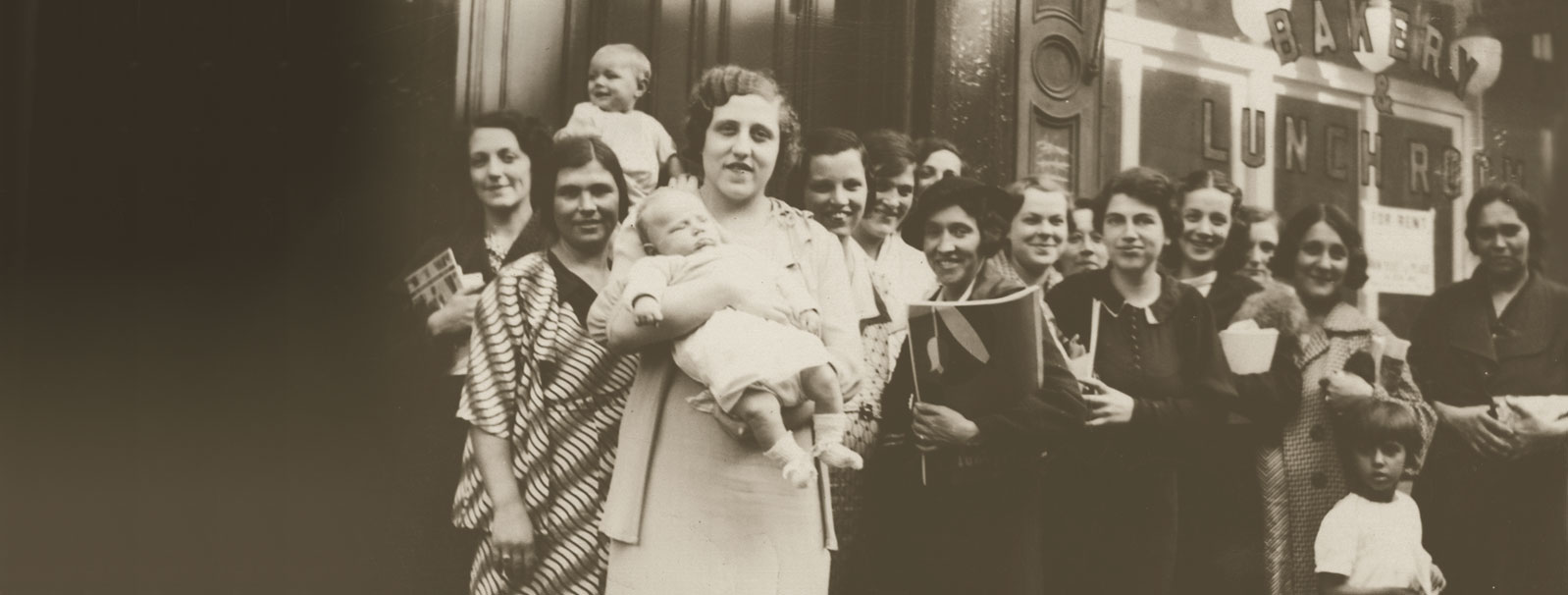Immigrants’ and migrants’ experiences with U.S. health care have changed over the past 130 years.
Twenty million people, mostly from Southern and Eastern Europe, came to the United States during the era of “new immigration,” between 1890 and 1924.
At ports of entry, health officials screened new arrivals for contagious diseases, physical defects, and psychiatric problems.
Many immigrants dreaded the inspections, which could be humiliating, frightening, and even painful.
Despite the sometimes demeaning and arbitrary health inspections, only about two percent of new immigrants would be excluded from entering the country because of medical reasons.


Germs do not recognize nationality. However, at different times in U.S. history, Irish, Jewish, Chinese, Mexican, and other immigrant groups have been stigmatized as disease carriers.
Medical campaigns that focused on people’s ethnicity or national origin were not effective methods of disease prevention. Instead, they led to discrimination and sometimes danger for immigrants and migrants.
Lillian Wald, a nurse and reformer who was herself of German-Jewish heritage, established the Henry Street Visiting Nurse Service on New York’s Lower East Side, the world’s largest immigrant neighborhood, in 1893.
Visiting nurses could play a crucial role in reducing death rates, in helping immigrants adjust to life in the United States, and in advocating for the rights of these “strugglers on a foreign soil.”
The idea that health care should be inclusive and should address the needs of immigrants evolved throughout the 20th century.
After the Immigration Act of 1924 ended mass immigration, some public health efforts began to focus on migrant agricultural workers, both domestic and foreign.
In the late 20th and early 21st centuries, local governments, private organizations, and medical practitioners sought new ways to provide care to migrants and immigrants.
Immigrants also took action on behalf of their own health and rights. They established hospitals and clinics, led public health campaigns, and pushed back against exclusion, stigmatization, and discrimination.
Health initiatives by and for immigrants and migrants have promoted the idea that health care should be available to all, regardless of nationality, citizenship, or immigration status.









